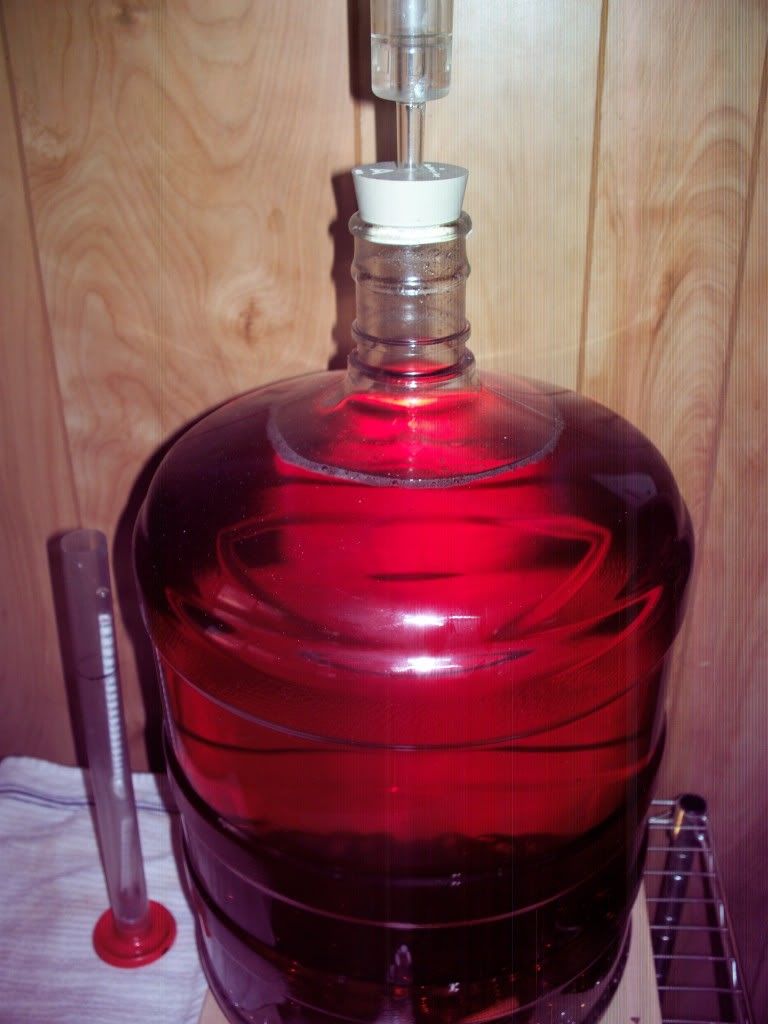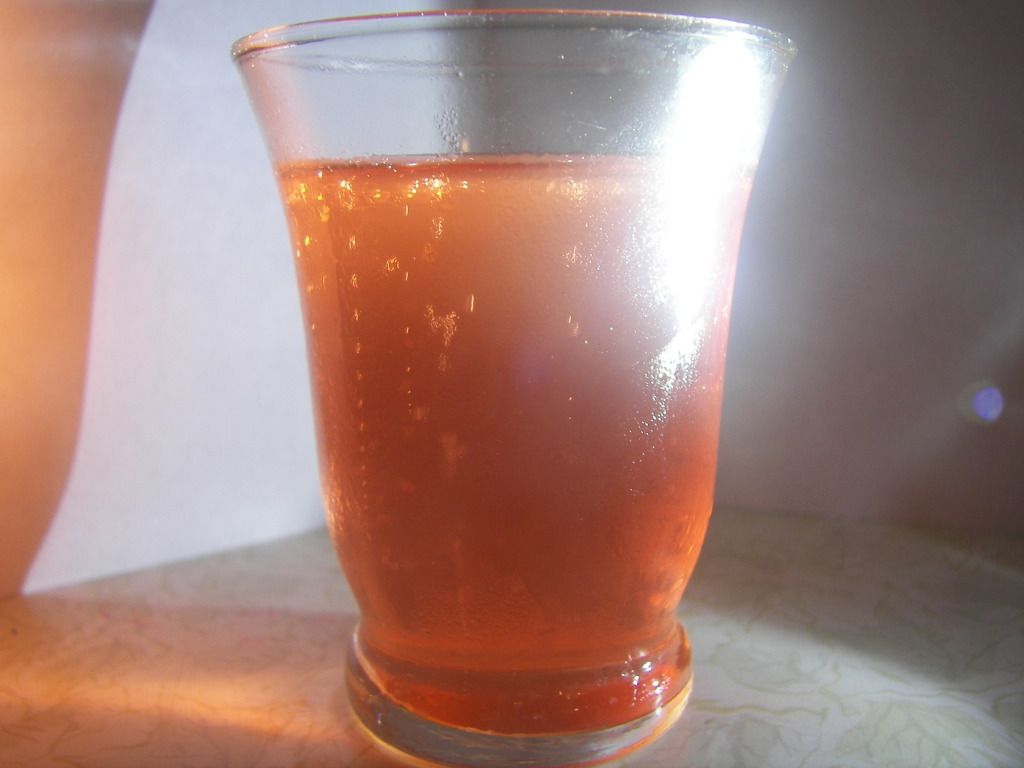Posted on 12/25/2013 2:50:11 PM PST by SunkenCiv
Residues of pottery sherds from ancient Scandinavian settlements dating as far back as 1200 B.C. are the inspiration for Delaware-based brewey Dogfish Head's latest ancient ale, Kvasir. Patrick McGovern, a bioarchaeolgist at the University of Pennsylvania Museum and frequent collaborator with Dogfish Head on these brews calls the drink a Nordic grog. The recipe for Kvasir, which is available in limited quantities now, involves yarrow, lingonberries, cranberries, bog myrtle, and birch syrup. Prior to Kvasir, Dogfish Head brewed Midas Touch, influenced by residues taken from 2,700-year-old pottery found in Turkey, and Chateau Jiahu, an ale that traces its history back to Neolithic China.
(Excerpt) Read more at archaeology.org ...
Very interesting. Thanks, and Merry Christmas!
 Ping to the Swedish Ping List.
Ping to the Swedish Ping List.
/johnny
Dogfish makes quite a few ancient ales. Very interesting to sample, most taste unlike anything you’ve ever had before.
I’m drinking some home made blackberry meade. It is delightful. It’s about a year and a half old,
another six months and it will be outstanding.
Libations: Tapping into the Past and Dreading the Hangover
Volume 60 Number 6, November/December 2007 by Samir S. PatelARCHAEOLOGY's staff tastes the world's oldest booze.
Early Neolithic people in Jiahu, a village in China's Henan Province, invented the earliest known alcoholic beverage. As the staff of this magazine and your guides to the world of archaeology, we felt it was our place--nay, our duty--to tell you how the stuff tastes.
Archaeochemist and ancient wine expert Patrick McGovern of the University of Pennsylvania Museum of Archaeology and Anthropology analyzed residue in the pores of 9,000-year-old potsherds found in Jiahu. Using high-powered acronyms like GC-MS, HPLC-MS, and FT-IR, he determined the pots once held ancient booze made with rice, honey, and hawthorn fruit. No one has any idea about the process used to make it, but McGovern recruited the crafty brewers at Dogfish Head in Milton, Delaware, to help reconstruct a palatable version.
The resulting concoction, called Chateau Jiahu, is a thick, lightly carbonated brew the color of cloudy cider. We swirled it around in little plastic cups and took a whiff: hints of rice and sake, a scrumpy aroma from the applelike hawthorn, and the malted scent of a barley-rich beer. The first taste was puzzling--were all those flavors having a street fight or dancing a waltz?
While it was strong, meady, and heavy as a brick, several of us went back for seconds to search for other flavors in its complex bouquet.
"It's growing on me," said Ken Feisel, our art director.
"I think it's perfectly pleasant!" enthused senior editor Eric Powell, halfway through his second cup.
All agreed it was interesting, unusual, and worth trying, but that the yeasty aftertaste--the "fuzz on your tongue," Feisel called it--was the beverage's most significant drawback. Fortunately, we ran out before we could report on how a Neolithic Chinese hangover might have felt.
Might have been just the stuff for Genghis Khan's type A warriors to take the edge off after a day of mayhem.
I’ve also had Ta Henket:
Per the Dogfish Head website, “Working with our archeologist friend Dr. Pat McGovern, this beer was created to incorporate the ancient ingredients and techniques described in Egyptian hieroglyphics. It was brewed to 11.4 Plato with Emmer (an ancient form of wheat) and loaves of hearth baked bread and flavored with dom-palm fruit, chamomile, and zatar. Fermentation was carried out by a native Egyptian saccharomyces yeast strain captured by Sam and Floris during a recent trip to Egypt.”
;’)
Two Irish guys walk out of a pub.
Hey, it could happen.
I don’t know what zatar is but it sounds pretty good judging from the other ingredients.
Sounds like something Beowulf should have slayed way back when.
Not Irish, but did you hear the story about the Drunken Scotsman passed out on the side of the road when Two Scots Virgins passed by?
:’D
Wherever four [group of your choice] gather, there you will find a fifth.
:’) The research into this grog uses data from 1200 BC. :’O
God invented the English Channel to protect us from effeminate wine swilling frogs and whiskey to keep the North and West occupied.
Not distributed in Texas, dang it!


It darkened a little over age. But still darn Good.
I saw The Supersizers Go... epi on Roman Britain.
The Romans were appalled at what passed for fermented beverages.
Hence the wall, I guess.
Disclaimer: Opinions posted on Free Republic are those of the individual posters and do not necessarily represent the opinion of Free Republic or its management. All materials posted herein are protected by copyright law and the exemption for fair use of copyrighted works.